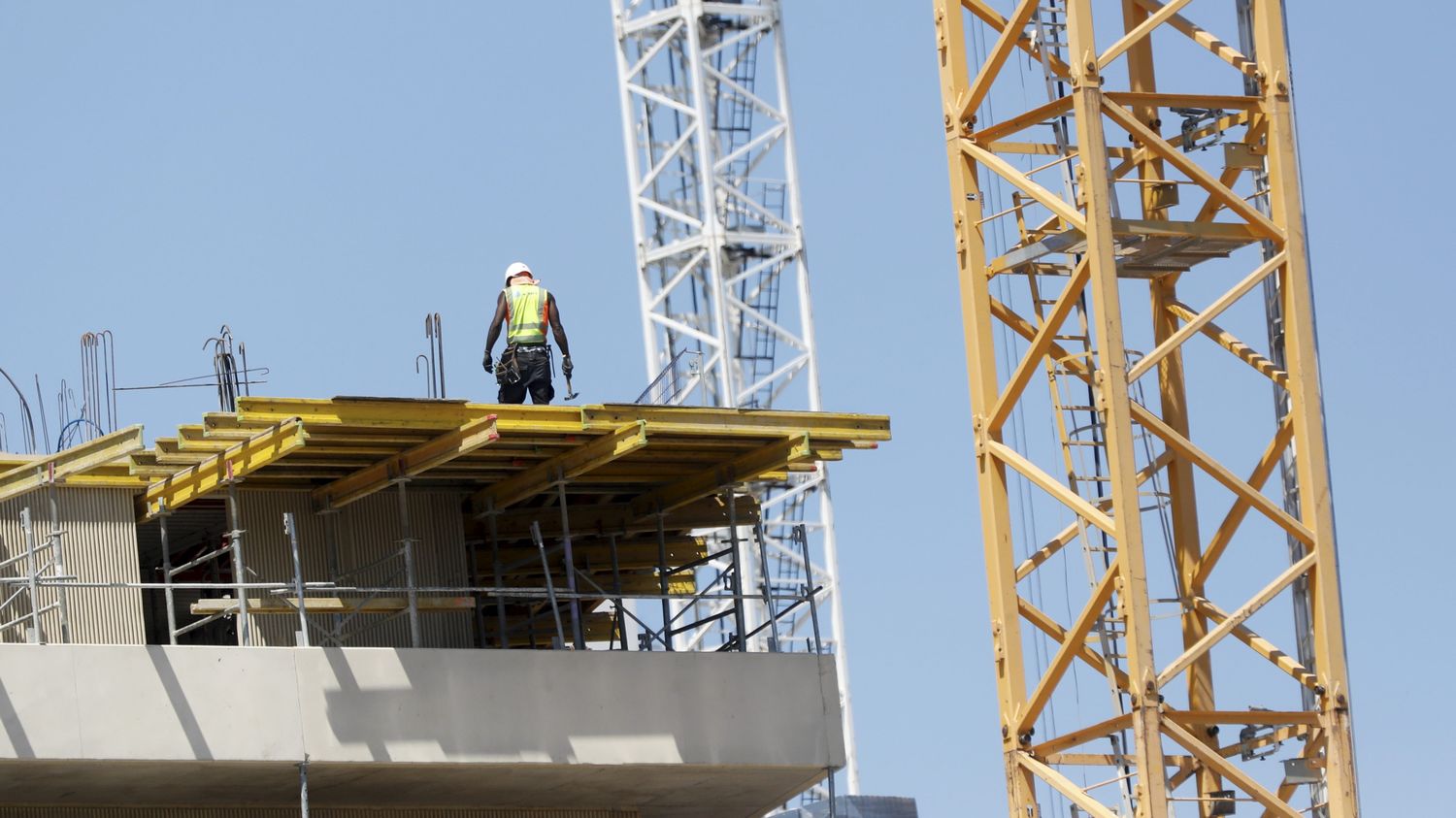According to a study by INSEE, the differences in terms of life expectancy remain significant between executives and workers, thus demonstrating the impact of living and working conditions.

Published
Reading time: 3 min

Executives live on average five years and three months longer than workers. This conclusion is presented in the new INSEE study, published Tuesday, July 16, on life expectancy. More precisely, 35-year-old male executives can expect to live an additional 48.9 years – up to 83.9 years on average – compared to 43.6 for workers – up to 78.6 years. The good news is that this gap has been narrowing since the last survey in 2016. At least for men, because for women this gap is widening a little between female workers and executives.
But the INSEE also found that between the ages of 35 and 65, workers are still twice as likely to die as executives.
Eyup Heidemmer has been working on construction sites for 40 years. He was a bricklayer at 15, then a formworker and woodworker. Today he leads a team of nine workers. When asked if he has ever had an accident, he is categorical: “Personally no, neither me nor on my construction sites.” On the other hand, some of his colleagues have had them. “There are quite a few of them, some fell from the 4th floor. They are disabled now, they can no longer work.”
Eyup therefore keeps a close eye on his colleagues and does not “no gifts for those who take risks”as he says. He himself has after-effects after years of work. “I have tendonitis, my doctor told me I overdid itsays Eyup Heidemmer. When you’re young, you don’t pay attention, and today you have trouble walking.” He doesn’t think about retirement. It reminds him of some colleagues who died just after they stopped working: “There were quite a few who died after two or three years.”
Garbage collectors are also particularly exposed to risks. Kader Mekhfi has been a garbage collector for 25 years and regularly sees colleagues leave before retirement: “Not even two months ago we buried a 56-year-old colleague of ours. He had a heart attack.” The result of this investigation does not surprise him. “It doesn’t surprise me at all, we’re always on the move, it requires effort. In Paris you have pollution and when it’s hot it’s very complicated. In my opinion, the heart must take a hit.”
The heart, but also the muscles, joints, back… Yohann Guerdette, a garbage collector in Normandy, has these musculoskeletal disorders. He notes that his working conditions are improving, but he prefers not to see his children doing the same job as him. “I hope they don’t do too tiring a job either. I feel the wear and tear on their bodies. If I could make sure they find a job that’s more suited to them, so they suffer less.”
The bodies of workers are also more damaged by their lifestyle, INSEE points out, such as smoking, even if deaths linked to lung cancer have been decreasing since the 1990s. This perhaps explains why the life expectancy of workers has become very slightly closer to that of executives since the last study.
